In Buddhism, the pagoda has many meanings.
First of all, it serves as the tomb of high priests.
Sometimes, saris of monks are found inside the old stone pagoda.
(Sari is small crystals sometimes found among cremated remains of monk, and regarded as sacred relics)
Also, the pagoda in Buddhism means paradise of Buddhism. The pagoda is more than just a symbolic architecture of Buddhism.
Korea, China, and Japan each developed a unique Buddhist culture suitable for their conditions.
Especially, the towers are slightly different from each other.
China made pagodas by stacking bricks, while Japan made many pagodas from wood.
Although there are also towers made of bricks or wooden towers in Korea, the stone pagoda developed a lot.
Unlike towers made of soils or woods which are prone to destruction, stone pagodas are very durable and last long.
Due to the characteristics of the stone tower, many relics kept in pagodas have been excavated.
In the old days, people kept various valuables and saris in the stone pagoda.
In this exhibition of Geumsasa, the artifacts stored in the stone pagoda were exhibited.
These are the reliefs of bronze Buddha statues and gilded Buddha statues.
They were very small because they had to be put inside the stone pagoda.
In order to make artifacts small, handwork technology had to be developed.
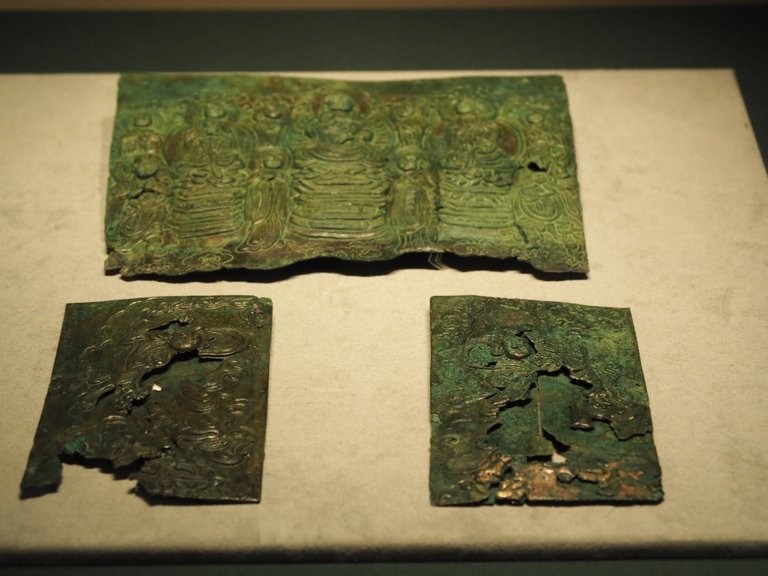

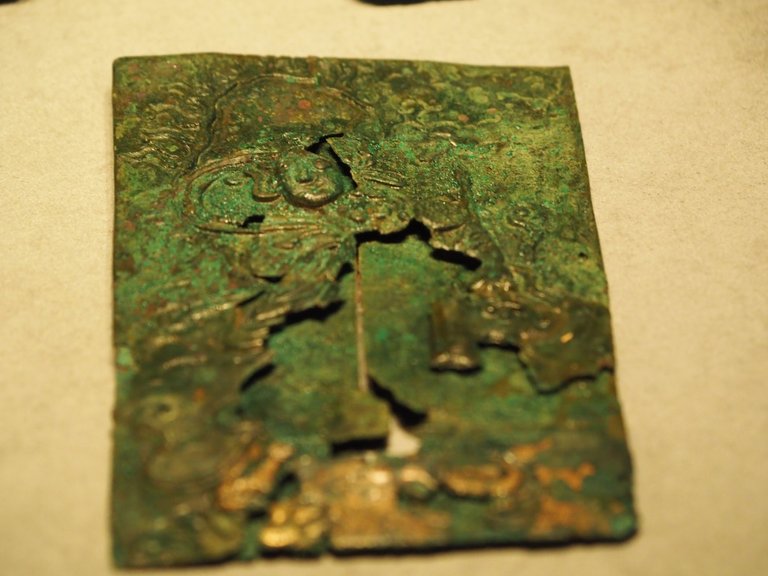
Goldwork and silverwork have been developed in Korea for a long time.
It seems like that technology advanced in order to make Buddhist artifacts.
Bronze reliefs have been eroded over time and partially fell off.
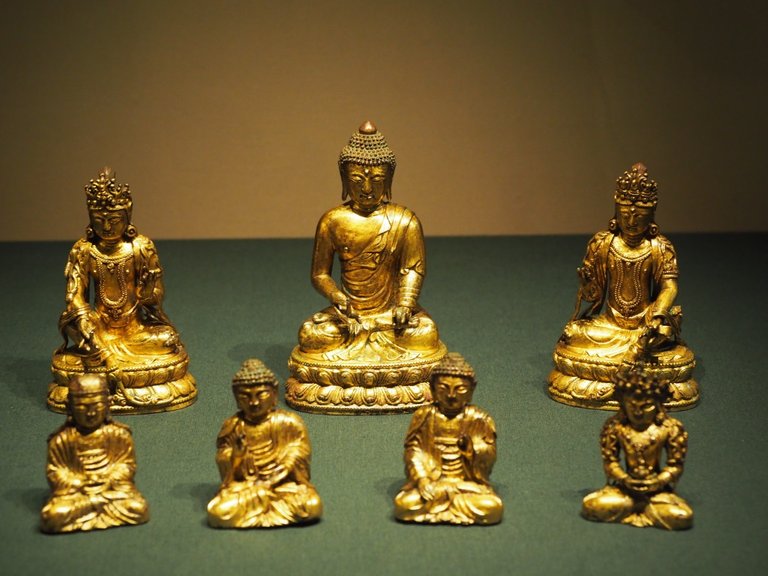
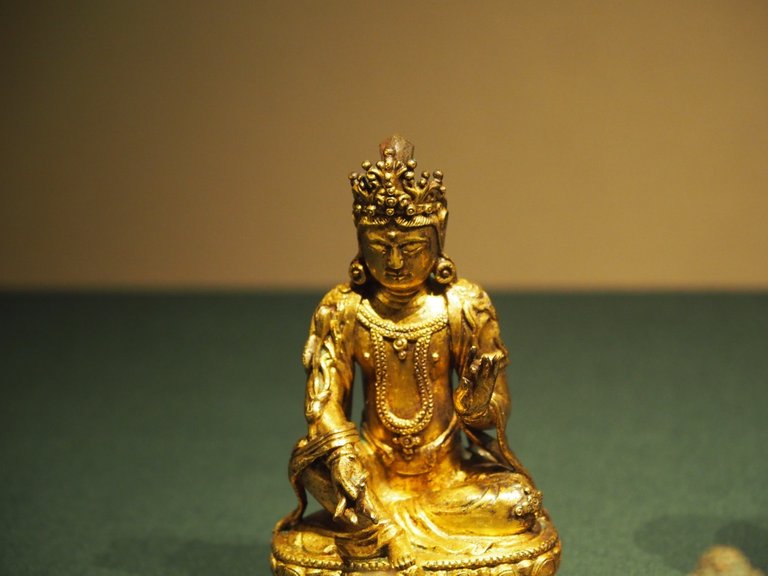

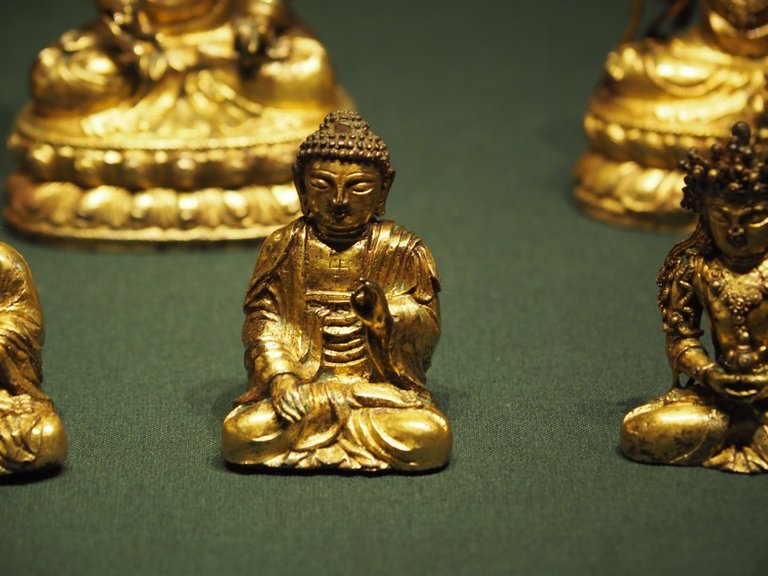
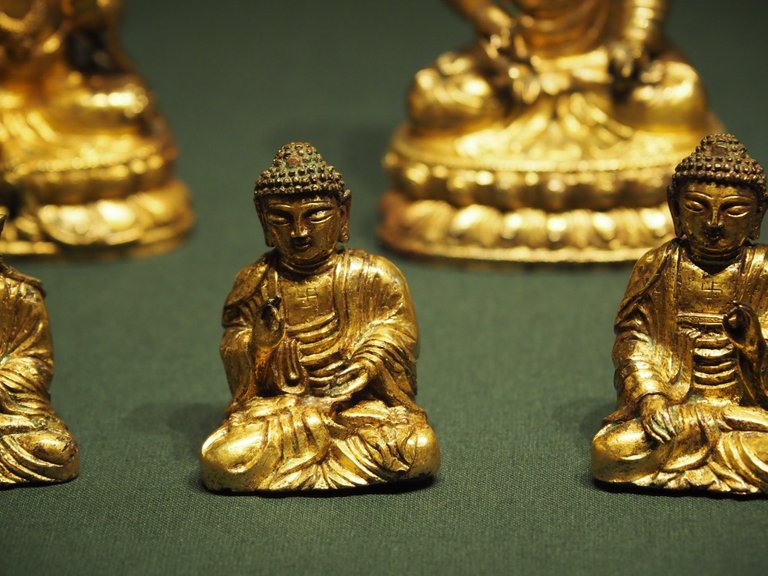
However, the small Buddha statue remained almost perfect.
Despite their small size, the facial expressions of the Buddhas were very well represented.
It was impressive that the personalities of the Buddha were well represented.
These burial goods were found not only in stone pagodas but also in Buddha statues.
When the statues were made, various souvenirs or important objects were put inside of statues.
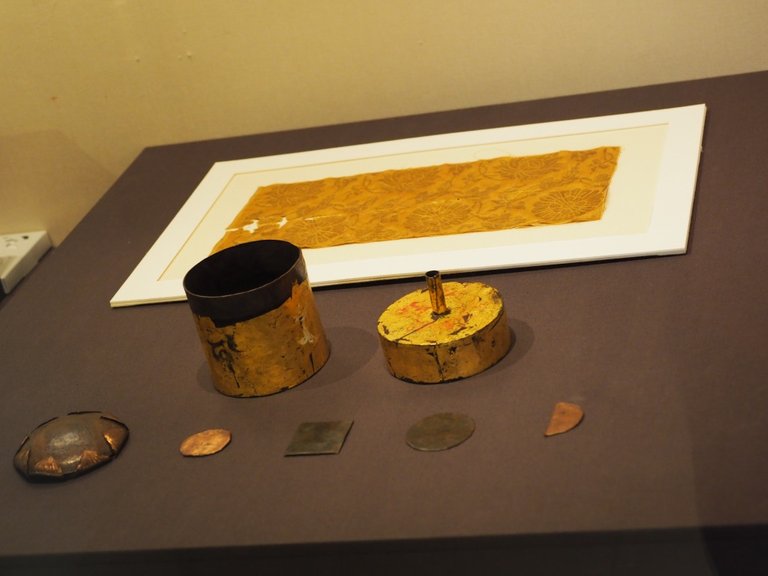
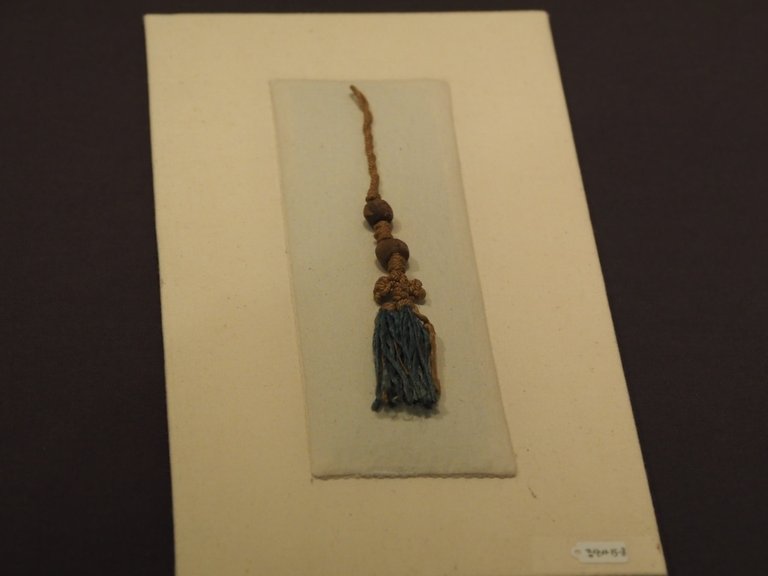
In this special exhibition of Geumsansa, the treasures found in the Buddha's statue were also displayed.
I was happy to see the relics that I had not seen before because it was a special exhibition.
석탑안의 유물들, 조계사 금산사 특별전에서
불교에서 석탑은 여러가지 의미를 담고 있다. 먼저 고승의 무덤이라는 역할을 한다. 오래된 석탑안에서 고승들의 사리가 발견되기도 한다. 이와함께 불교에서 탑은 불교의 낙원이라는 의미도 지니고 있다. 석탑이 단순한 불교의 상징을 넘는 것이다.
한국과 중국 일본은 독특한 불교문화를 발전시켰다. 각국마다 여건에 맞는 문화가 발전했다. 그중에서 탑은 각국이 조금씩 다르다. 중국은 벽돌로 쌓아서 탑을 만들었고 일본은 나무로 탑을 많이 만들었다. 한국에서는 주로 석탑이 많이 발전했다. 한국에서도 벽돌로 쌓아서 만든 탑이나 나무탑이 있지만 주로 석탑이 많이 발전했다.
파괴당하기 쉬운 전탑이나 나무탑과 달리 석탑은 매우 견고하고 오래간다. 이런 석탑의 특징으로 인해 석탑안에 보관되어 있는 유물들이 많이 발견된다. 옛사람들은 석탑안에 스님의 사리와 함께 각종 귀중품들을 넣어서 보관했다.
이번 조계사의 금산사 특별전에서는 석탑안에 보관되어 있는 유물들이 전시되었다.
먼저 청동으로 만든 불상의 부조와 금박을 입힌 불상이다. 석탑의 내부에 넣어야 했지 때문에 매우 크기가 작다. 조그맣게 만들기 위해서는 세공기술이 발전해야 했다. 한국에는 오래전부터 금은 세공이 발전했는데 그것은 불교의 유물을 만들기 위해서인 경우가 많았던 것 같다.
청동으로 만든 부조는 시간이 지나면서 부식되어 부분적으로 떨어져 나갔다. 그러나 소형부처상은 그 모습을 거의 완벽하게 유지하고 있었다. 아주 작은 크기임에도 불구하고 부처들의 얼굴표정이 매우 잘 표현되어 있었다. 부처상의 개성들이 각각 잘 나타나 있었다는 점은 인상적이었다.
이런 부장품들은 석탑뿐만 아니라 부처상 안에서도 발견된다. 부처상을 만들때 그 안에 각종 기념품이나 중요한 물건들을 넣어 놓는 것이다. 이번 금산사 특별전에는 부처상안에서 발견된 부장품도 전시되었다.
특별전이라서 그런지 그동안 보지 못한 유물들을 볼 수 있어서 좋았다.
Thank you for sharing unique culture with all of us.
I don't understand this massive excessive downvotes on your post. Who would downvote such a good valuable post like this.
The people who have doen those relics in the time past was so devotional about their faith and belief @slowwalker, it is just noce to see their work in the modern day world :D
I have something to ask you... May I?
Amazing how these artifacts have stood the test of time...
Posted using Partiko iOS
Congratulations @slowwalker! You have completed the following achievement on the Steem blockchain and have been rewarded with new badge(s) :
You can view your badges on your Steem Board and compare to others on the Steem Ranking
If you no longer want to receive notifications, reply to this comment with the word
STOPVote for @Steemitboard as a witness to get one more award and increased upvotes!
I want to meet you on my discord channel, thank you.
Beautiful and thanks for review
Posted using Partiko Android
wow so good to know about that beautiful things to observe !
좋은 글 잘 읽고 갑니다.
Very much informative post. Learned many things about pagoda.
Nice pictures like always. Thanks for sharing.
Very nice and professional post
It is typical for different cultures to develop their own style and that is also good because they all look beautiful in their own way. I like bronze artifacts because of such nice colour and the unique pieces with Buddha pictures look amazing.
Small statues are very cute, I noticed that they have the swastika or sauwastika on their chest. Swastik is used as a symbol of divinity and spirituality in Indian religions. For many young people in Europe they associated with Nazi time and only bad things, that is why it is always important to learn and use any opportunity for that.
일본에서는 나무탑이 많군요~^^